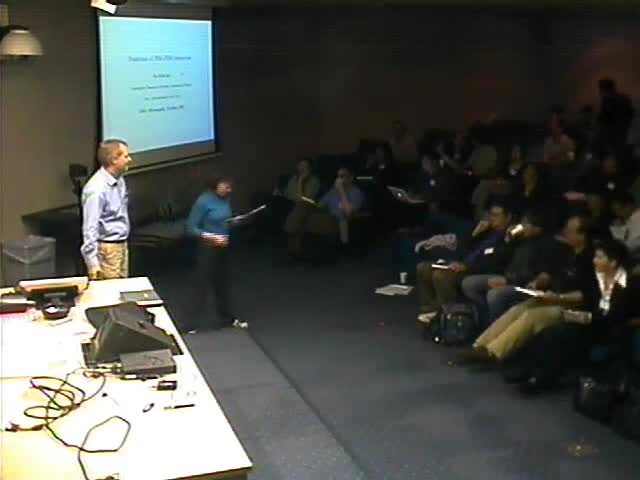Abstract
Most noncoding RNAs exert their function by interacting with other RNA
molecules, as in the case of microRNA and their mRNA targets. Recent
bioinformatical as well as experimental approaches produce thousands of
novel RNA transcripts most of which cannot be annotated. Our best hope for
elucidating the function of these novel transcripts is through
identification of their interaction partners.
In this talk I will review several approaches to predict the structure of
two RNAs upon hybridization. I will present a fast method to compute
the probability that some region of an RNA is unpaired and thus accessible
for inter-molecular interactions (or, equivalently, the free energy needed to
open up the site), as well as a method to quickly search for possible
hybridization sites. The combination of these two approaches yields a
promising approach to identify the RNA interaction partners of noncoding
RNAs. The site accessibility is also a potent predictor of siRNA
efficacy and can be used to improve microRNA target predictions.
